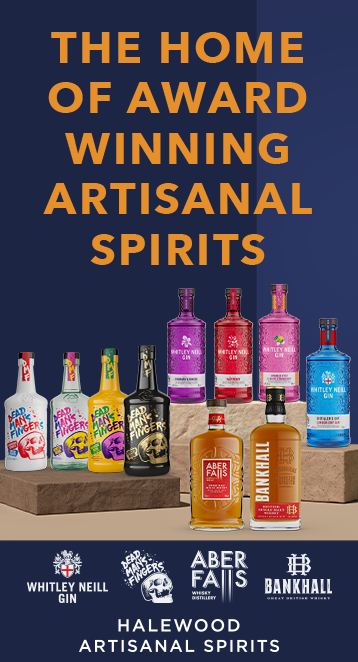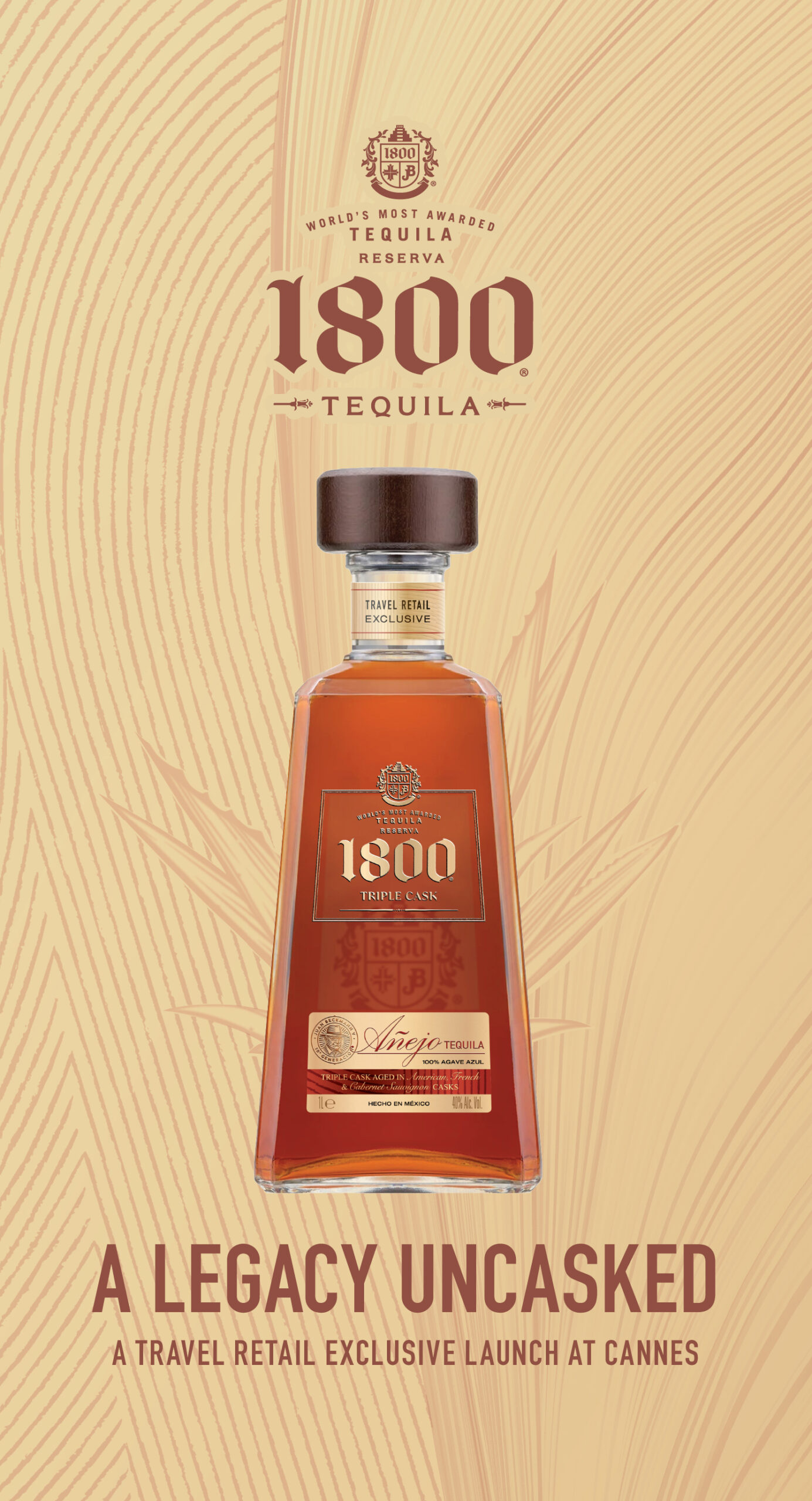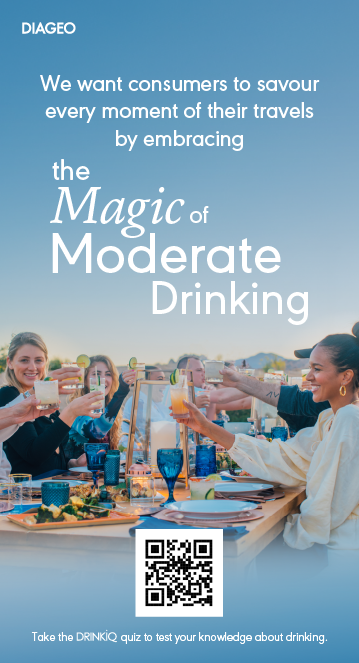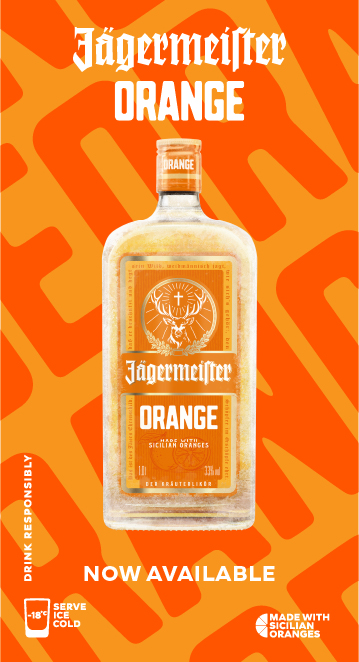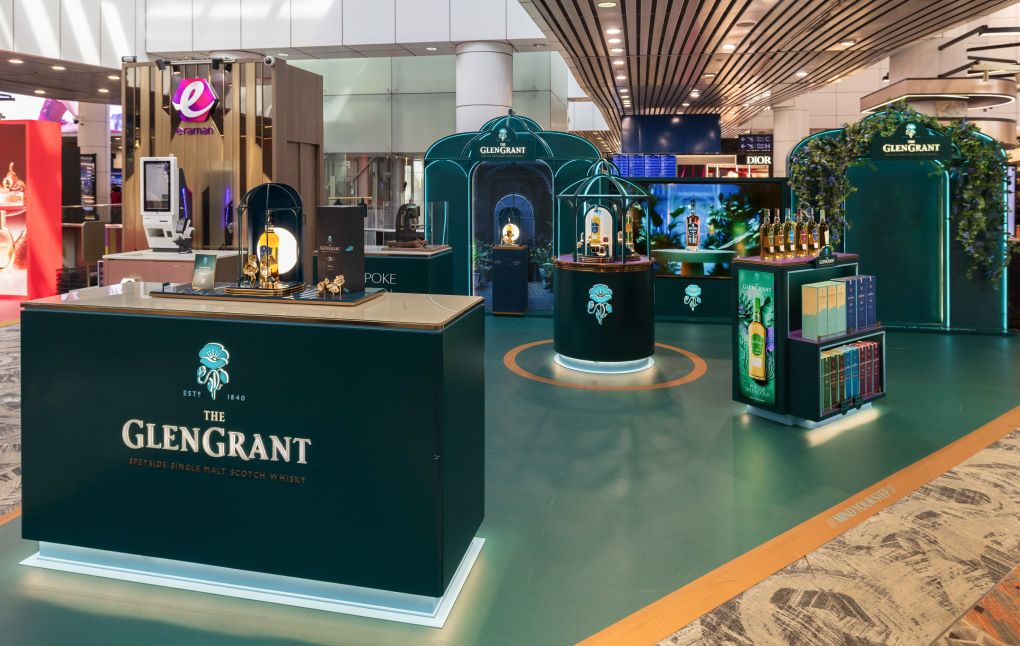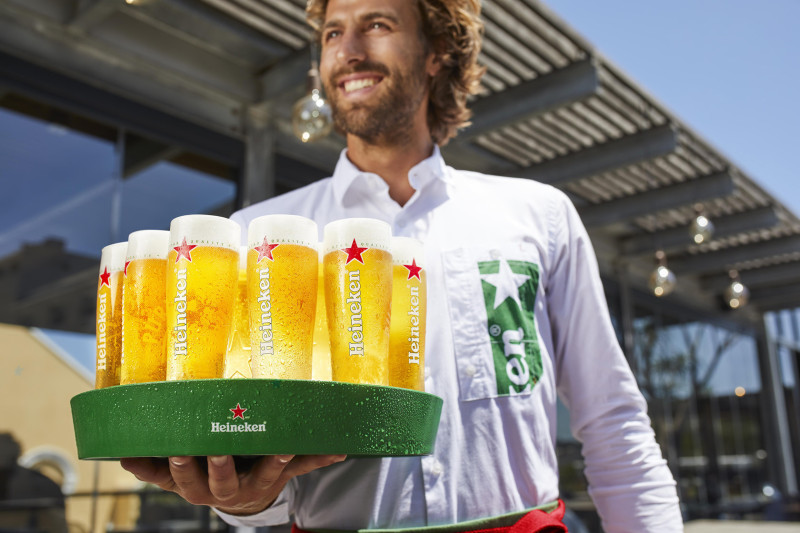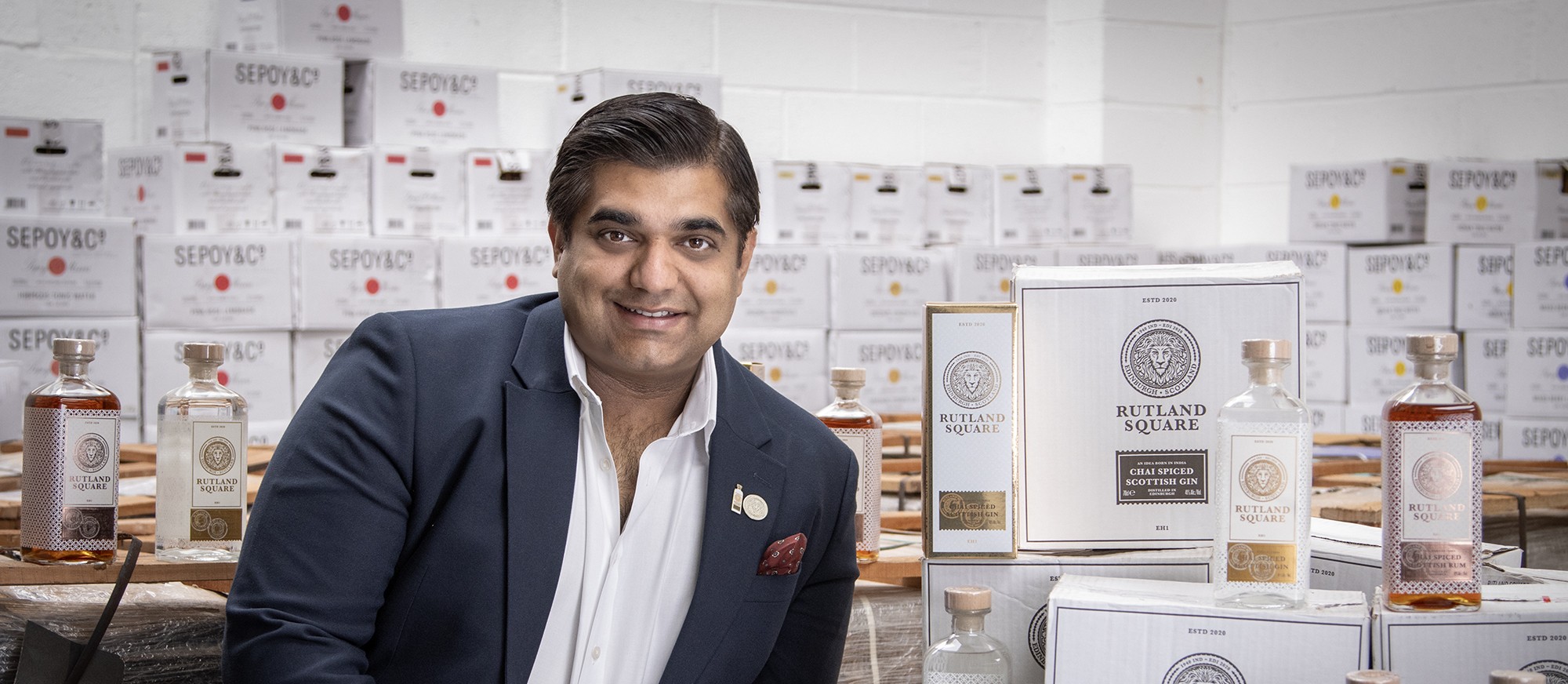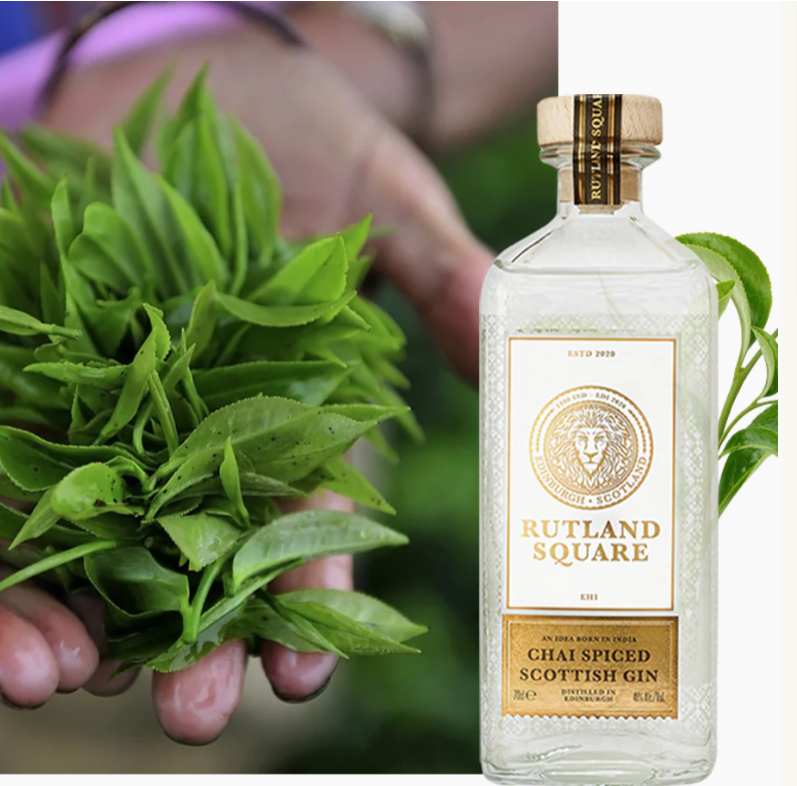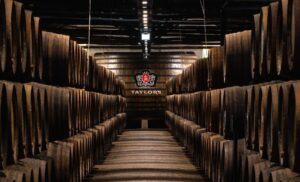
INTRODUCTION: Taylor’s Port – one of four brands in the family-owned and managed Fladgate Partnership – made its debut at the TFWA World Exhibition in Cannes in October. While launching a stand-out travel retail-exclusive City Edition, the brand saw the event as a springboard for plans to hit the global market.
Taylor’s Port CEO Adrian Bridge, a former member of the 1st Queen’s Dragon Guards and an avid collector of drinking vessels, considers the changing image of port and Taylor’s strategy in travel retail. He talks with The Moodie Davitt Report’s Colleen Morgan.

What prompted your interest in and the further development of Taylor’s Port and other brands under the Fladgate Partnership?
My career started in the military. In 1983 I was commissioned into the 1st Queen’s Dragoon Guards after being awarded the ‘Sword of Honour’ as the leading officer cadet of my year at Sandhurst. After five years military service, which included a year peacekeeping with the United Nations, I entered the investment banking field, working with NatWest in London and taking charge of US equity sales.
I met my wife Natasha in 1982; she introduced me to the world of port. Her father, Alistair Roberston, had taken on the management of Taylor and Fonseca in the late 1960s, steering the company through some difficult times for port in general. He was responsible for several innovations, not least the introduction of Late Bottled Vintage Port, the wine style that is attributed with the recovery of the port industry.
My father-in-law asked me to join the company in 1994. Natasha and I moved to Portugal, and I took control of the company’s Taylor’s Port and Fonseca Port brands in the UK and US markets. When Alistair retired in 2000, I took on the role of Managing Director of the Taylor Fonseca Port Group which was later to reorganise under The Fladgate Partnership and to become a leading supplier of port in the major premium markets of the world.
| The Fladgate Partnership, a holding company that has businesses in port wine, tourism and distribution, owns and manages four port brands: Taylor’s, Fonseca, Croft and Krohn.
Taylor’s Port, the group’s original company, is one of the oldest of the founding port houses and has been making Port wine since 1692. The brand is known for combining its respect for its historic legacy with a pioneering spirit. Regarded as a benchmark for Vintage Port, Taylor’s is also the leading producer of Aged Tawny Ports, pioneered the presentation of the first Dry White Port and was the creator of the Late Bottled Vintage, said to have revolutionised port wine consumption. |
What has prompted the change in port’s image and its rising popularity with younger consumers?
Innovation and new product developments have played a major role in the changing image of port. We introduced a new style of port wine, Croft Pink, in 2008. Original and innovative, Croft Pink was the first-ever rosé port, and remains a favourite.
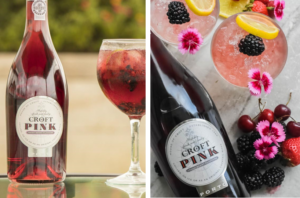
Two years later we launched a very limited edition Taylor’s Scion Port. Scion is one of the oldest and rarest aged tawny ports ever sold and one of very few pre-Phylloxera wines from any vineyard region to reach us in perfect condition.
That was followed by Taylor’s Port 1863, drawn from a collection of very rare and valuable cask aged ports and representing a unique piece of wine history.

These expressions all got very good publicity. They were popular and proof that an ultra-premium port market existed and that port could also attract younger consumers.
Since then, we have developed what are considered new categories, including 50yo ‘Golden Age’ and the Very, Very Old Port (VVOP) 80yo expressions. There remains a strong aspirational factor where port is concerned. It’s traditional, celebratory but now there is a port for everyone as we also launched RTDs.
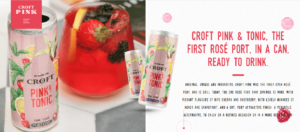
The cans sell well on domestic markets and have proven very popular at airports here in Portugal.
Globalisation is of course another factor in port’s popularity. Our products are available in over 100 countries now so brand awareness is on the rise all the time.
What makes port, and in particular Taylor’s Port, ideal for travel retail?
The fact that we can offer a port to suit most market needs, and have a strong presence in so many domestic markets, prompted our debut at the TFWA World Exhibition in Cannes this year.
At Taylor’s Port, we take immense pride in our roots and the rich history that has shaped us and this international platform offered the perfect stage to showcase our commitment to innovation, quality, and the artistry.
The interest in our brands – with a spotlight on Taylor’s and its City Edition – was very strong and we are in discussions towards several new partnerships.
With our strong domestic base travel retail expansion is a logical step for us. There is room to extend our footprint; there are opportunities we mean to tap.
What major partnerships do you have within travel retail? Is there a Taylor’s Port ‘experience’ tailored for the channel on the way?
We already have a good network, which includes Denmark, the UK, Turkey, Singapore and New Zealand and our products are available in the cruise market in the Americas through a local agent.
At Cannes, visitors to our stand had only positive remarks for the Taylor’s City Edition. As a tribute to Porto – the city that has nurtured Taylor’s Port for over three centuries – the expression features Reserve Port presented in a stand-out onion-shaped, dark glass bottle. The same bottle was used for Taylor’s 325th Anniversary Limited Edition.
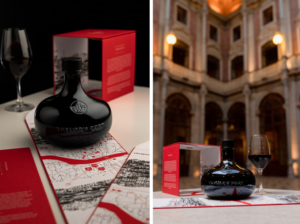
We can see opportunities to extend that Sense of Place concept to other cities. The UK, given the historical links with port and its standing as our top market, would be a logical and ideal candidate.
In 2020 Fladgate invested €110 million in the ‘World of Wine’ in Porto. It has developed into the so-called Wine Quarter, and includes 12 restaurant, bar and café spaces, a ‘wine school’, shops, an exhibition hall, event space and seven museums.
One of those museums houses my collection of drinking vessels. I won’t go into that as collecting is like a disease. Suffice to say the collection manages to reflect 9,000 years of history. Included in that, of course, is the history of port wine.
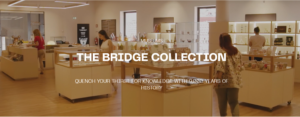
Our job is to educate our visitors, showcase our brands and to offer tasting opportunities. It is not our intention to sell port. We understand that many of our visitors are travelling with strict luggage limitations so made a strategic decision to encourage people to buy at the airport or through a local supplier in their home country.
So, a port wine experience at airports is unlikely. Persuading our visitors to purchase port following their visit is all part of the plan.
What role does travel retail play in the Fladgate’s plans for the future?
Travel retail accounts for a small percentage of our sales. The TFWA World Exhibition was a huge eye-opener for us. The level of interest from those who did not know our products was very high, so we need to be stronger in the sector.
Duty free is such an important part of shopping for many Asian travellers who are becoming more aware of port. We might be coming a little late to duty free, but I feel now is the ideal time for us to lean on our strong domestic presence in so many regions to make our mark in the channel.






